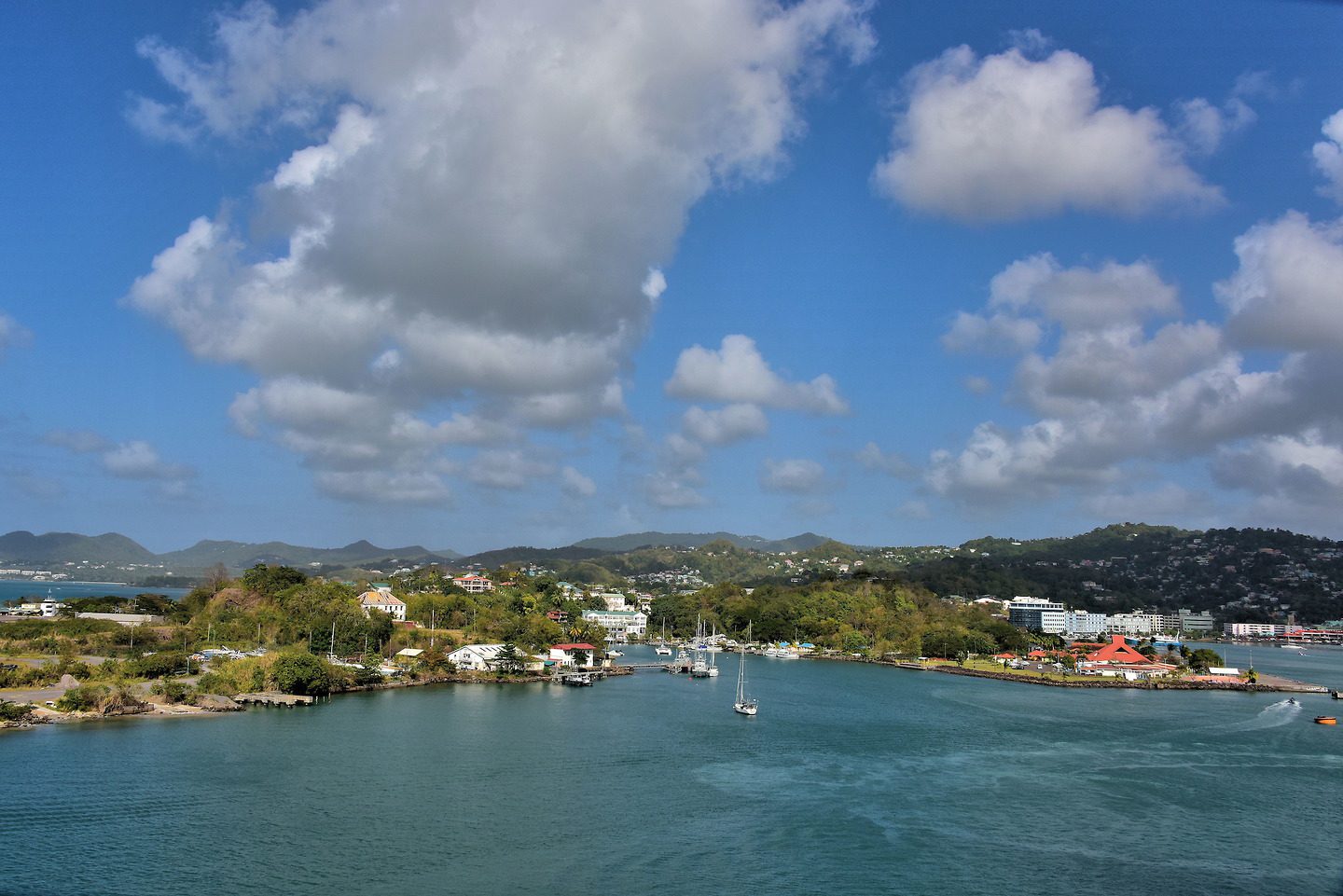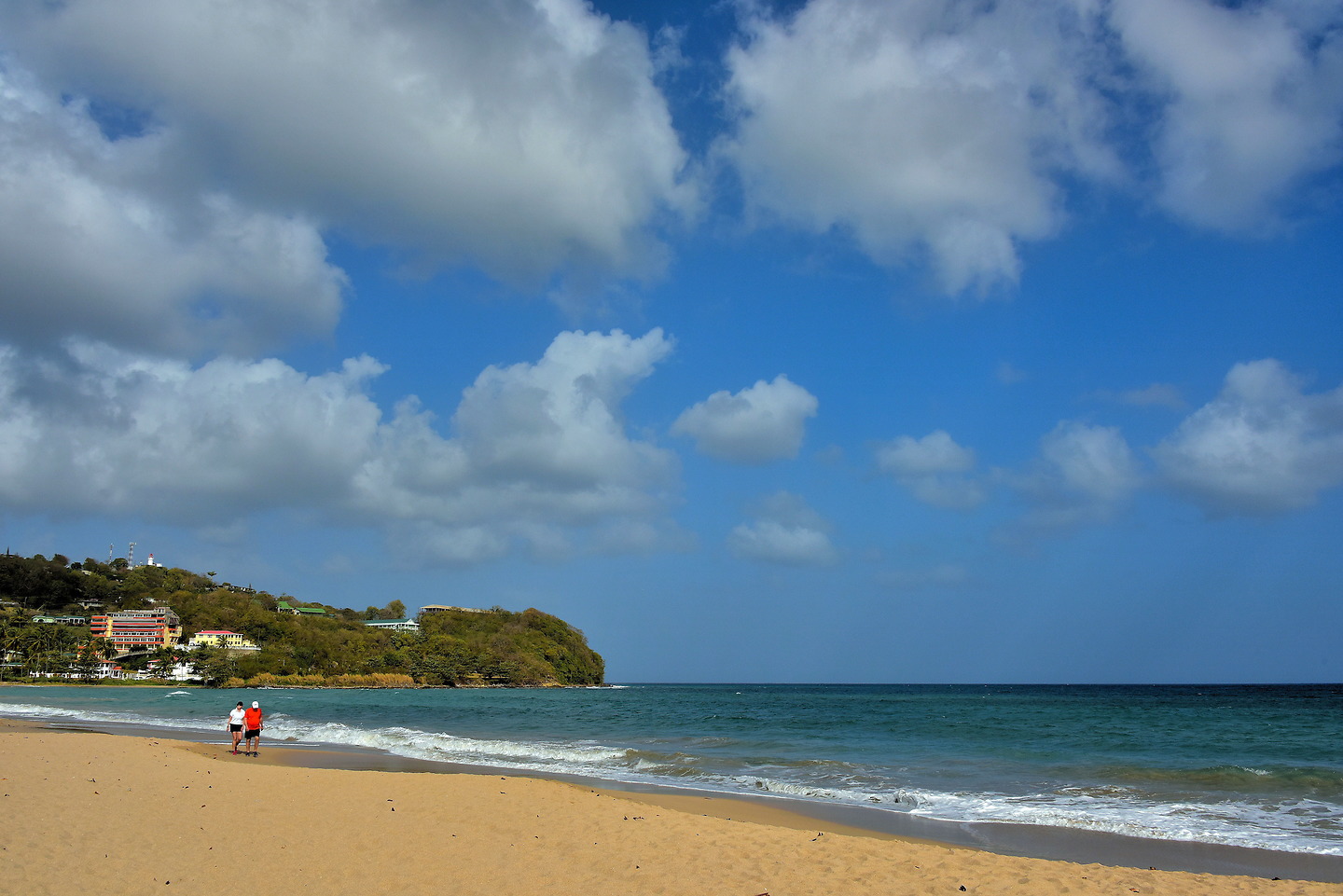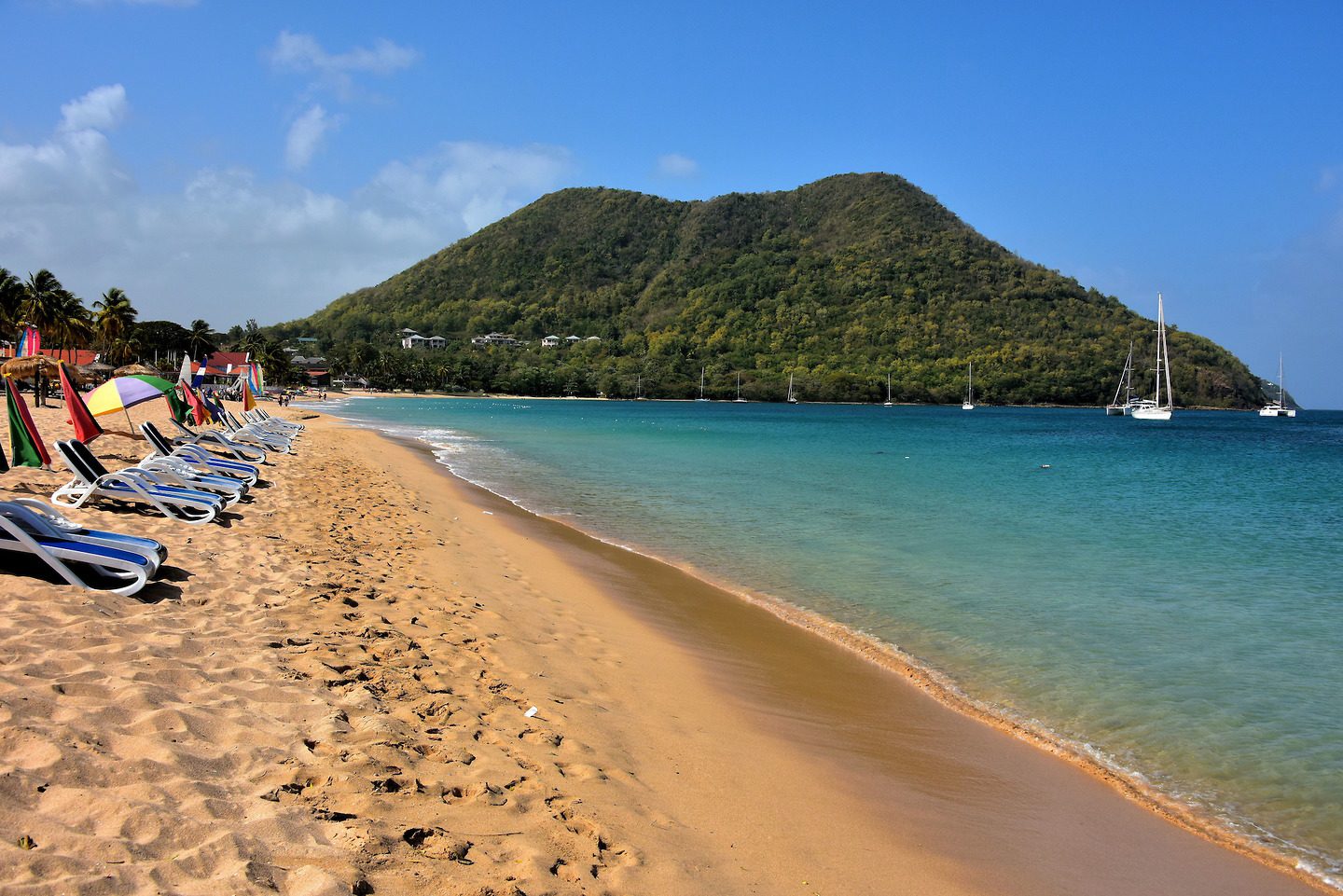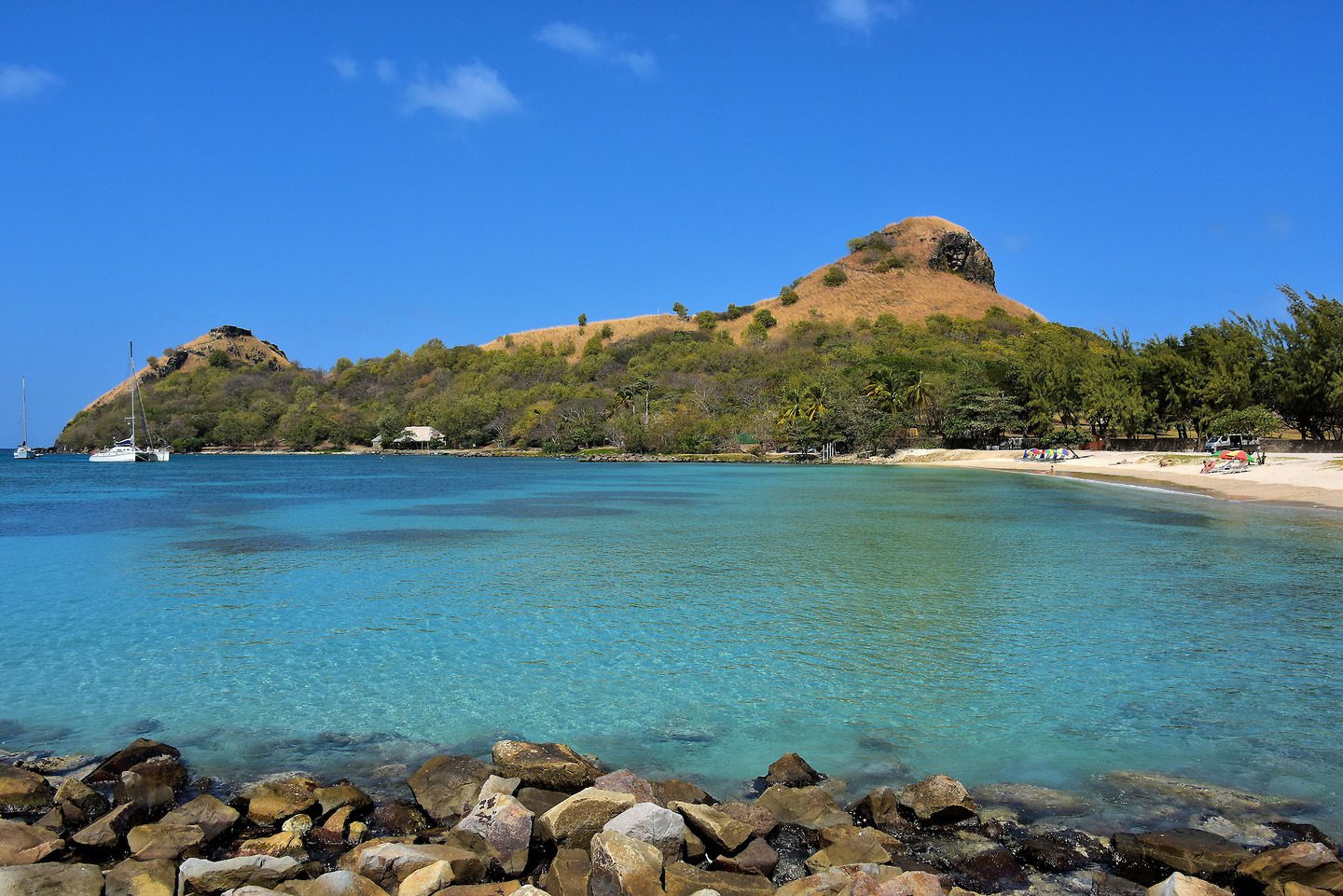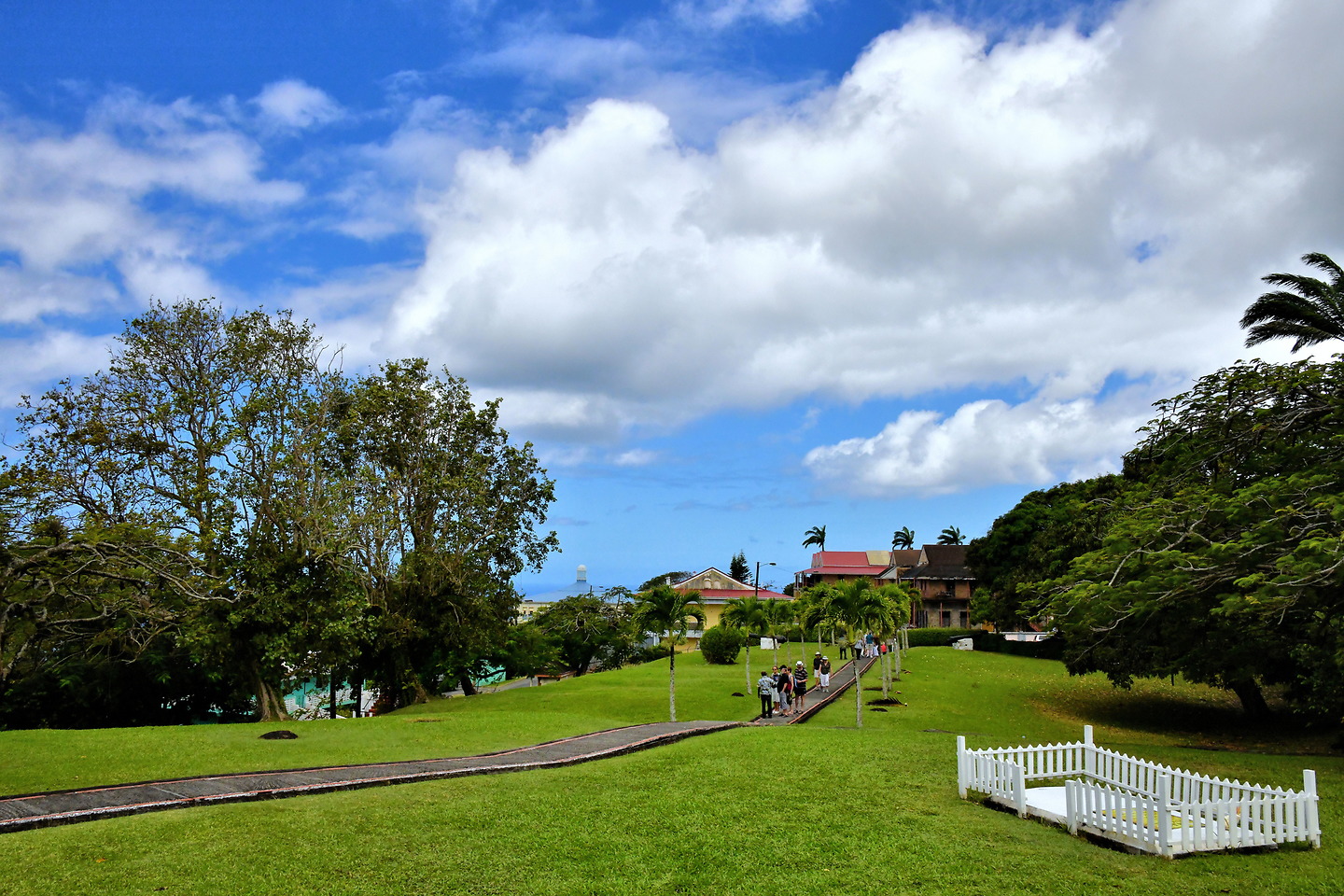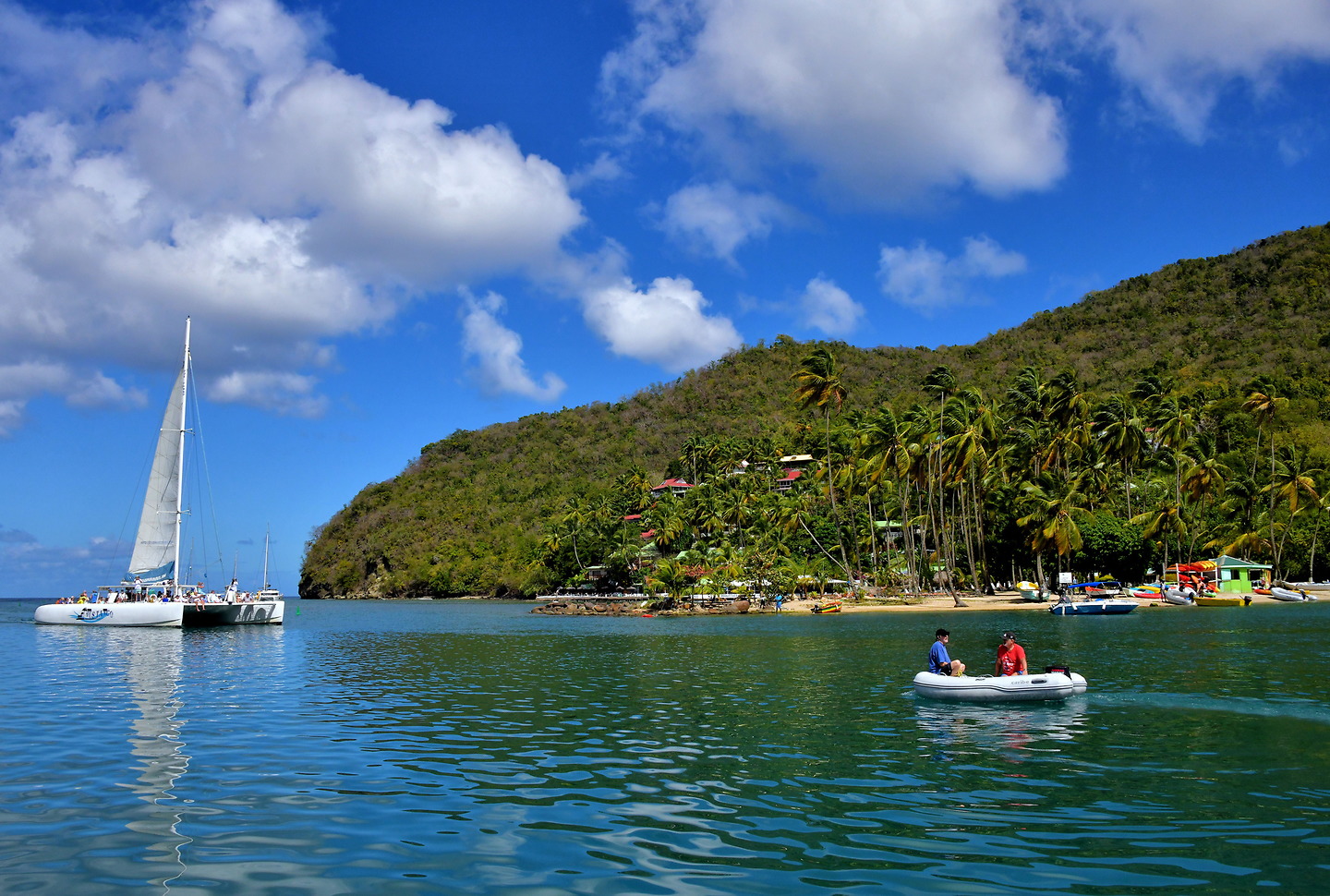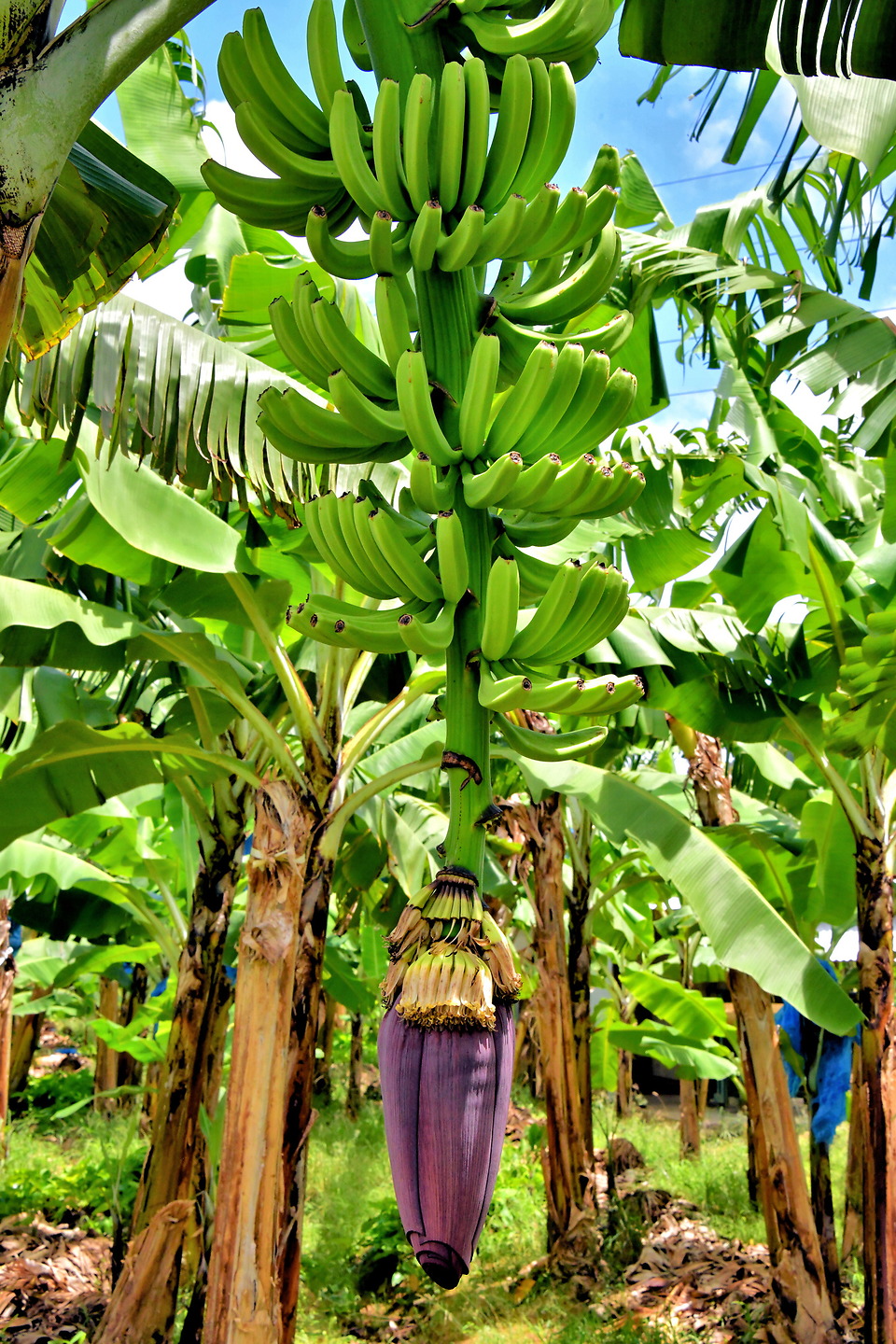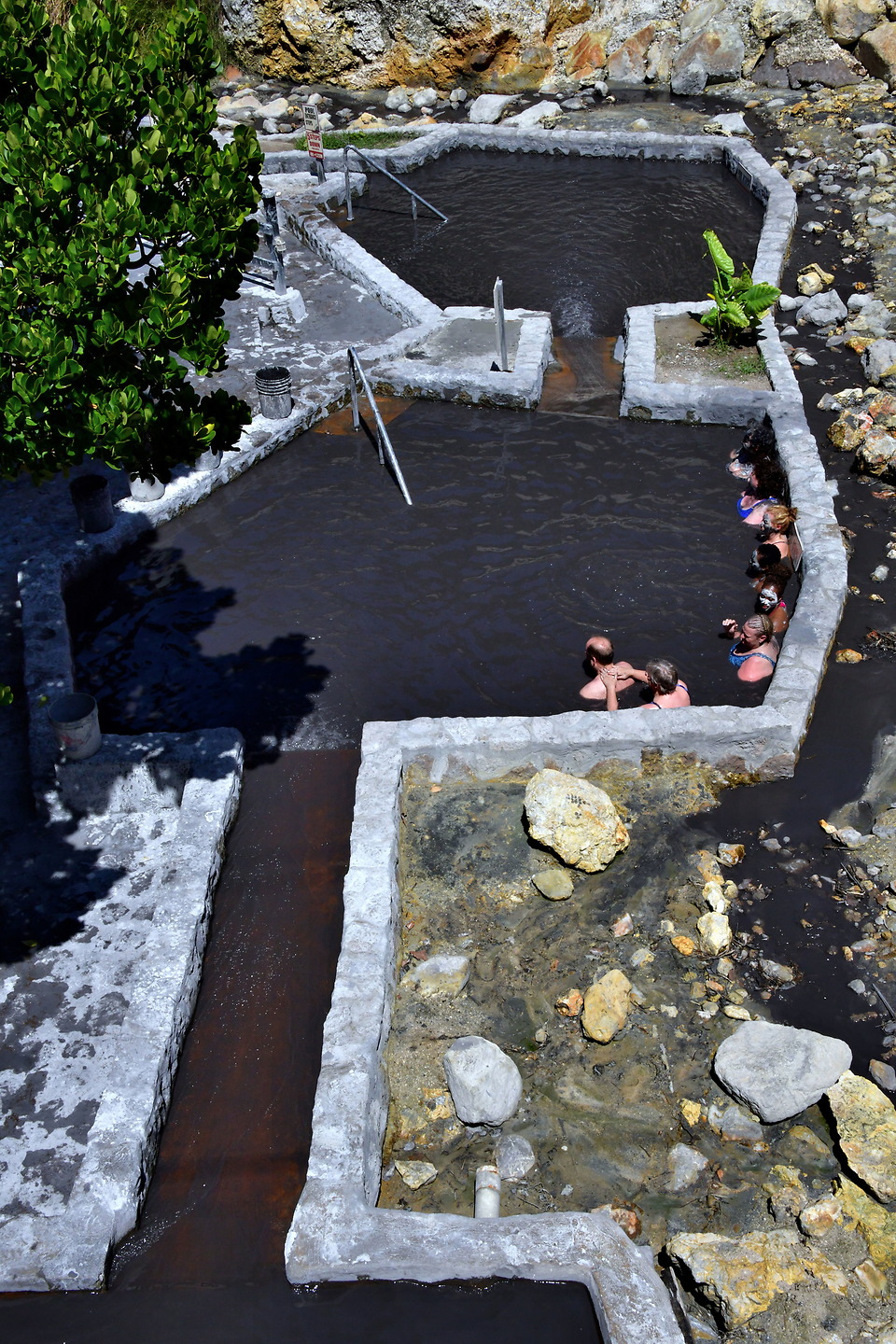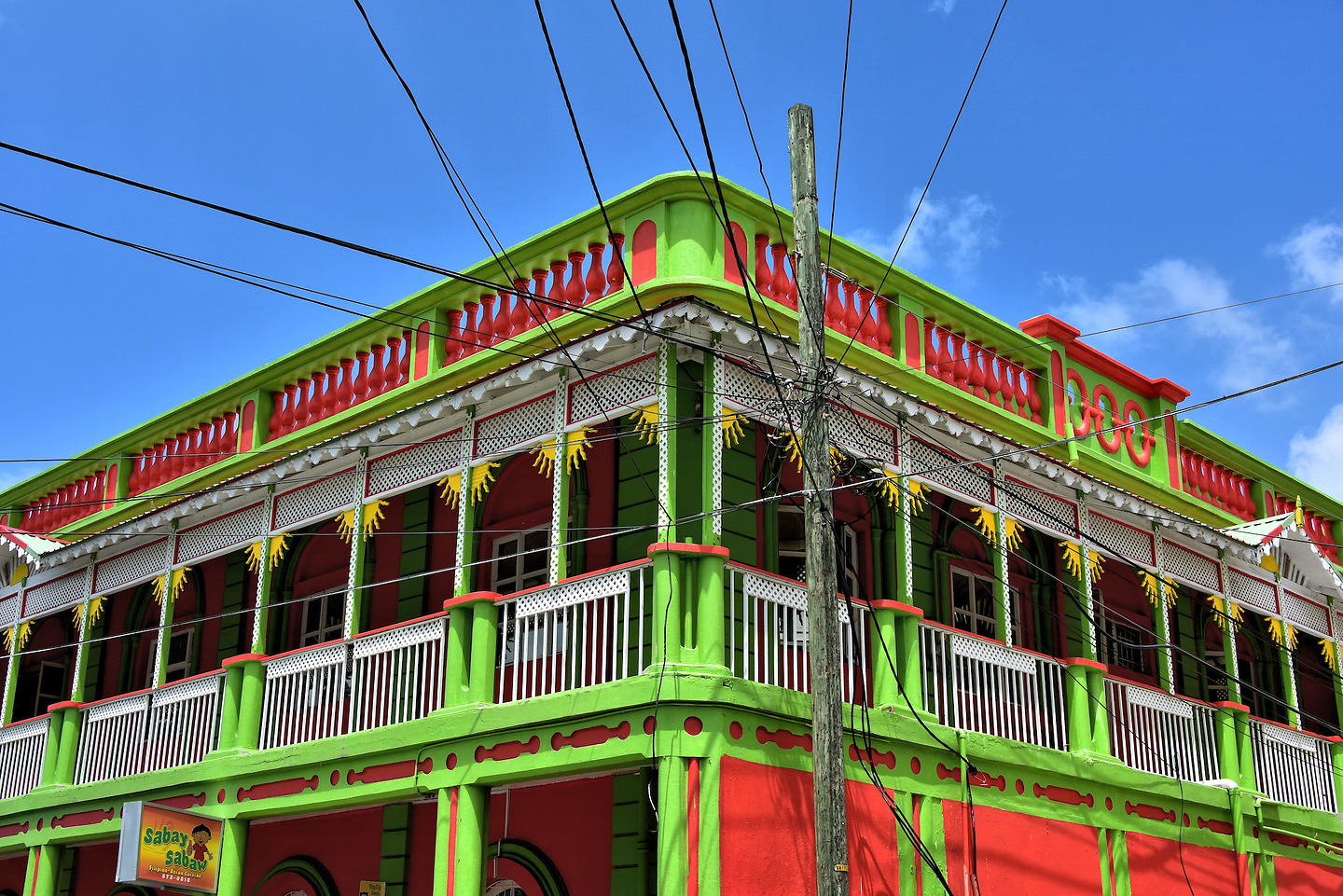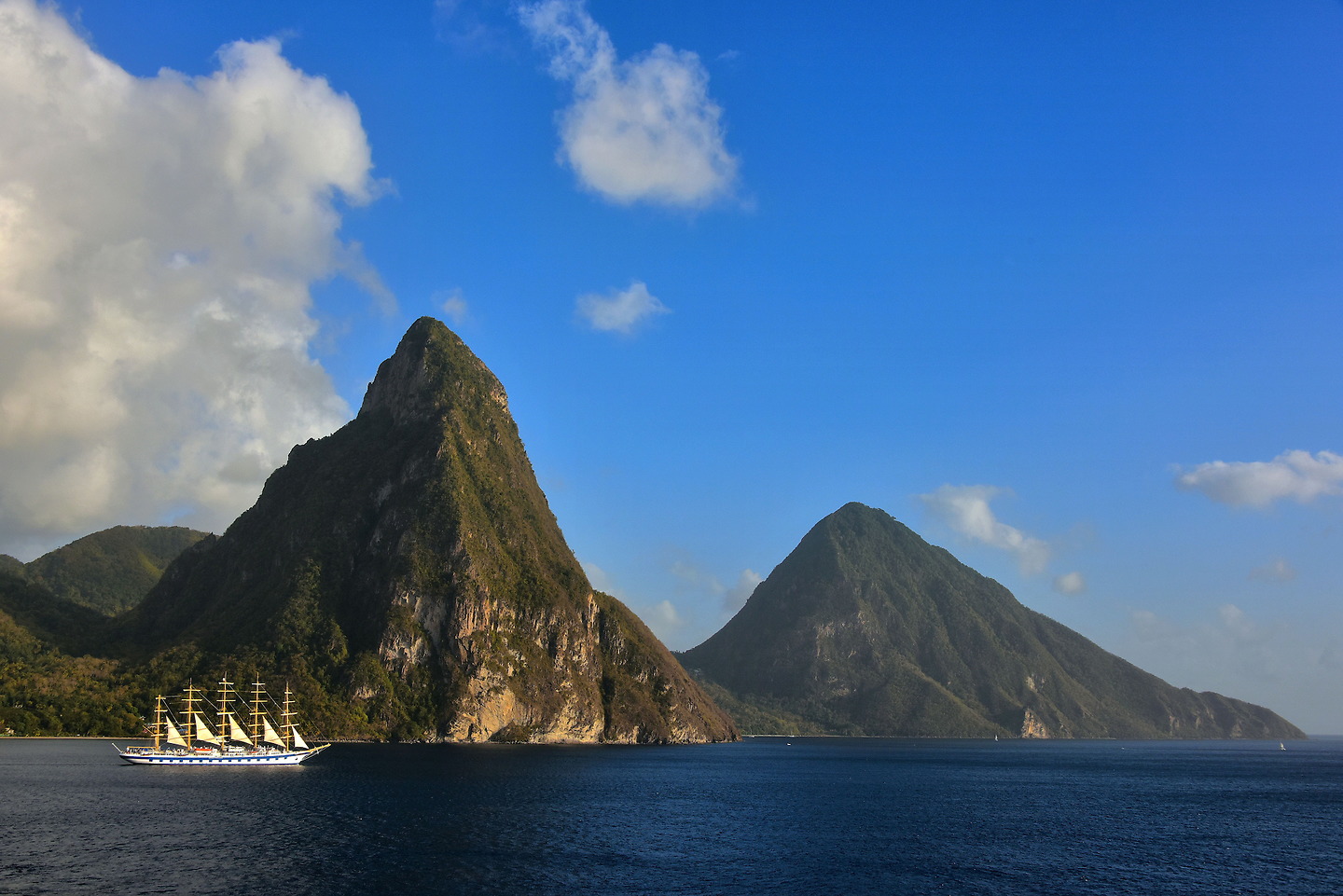Consider visiting the Eastern Caribbean island of Saint Lucia. That is the easy decision. The hard part is determining how many places you can experience, especially if you only have one day. This travel guide suggests two itineraries: a northern or southern driving tour along the west coast. Afterwards, spend time in the capital city of Castries.


